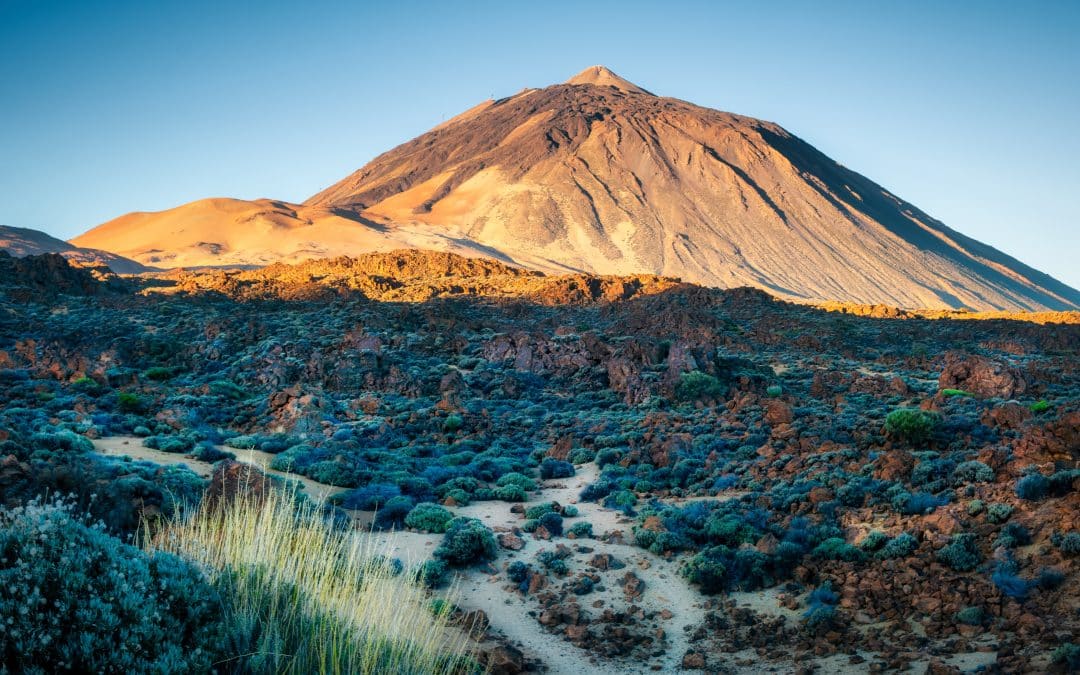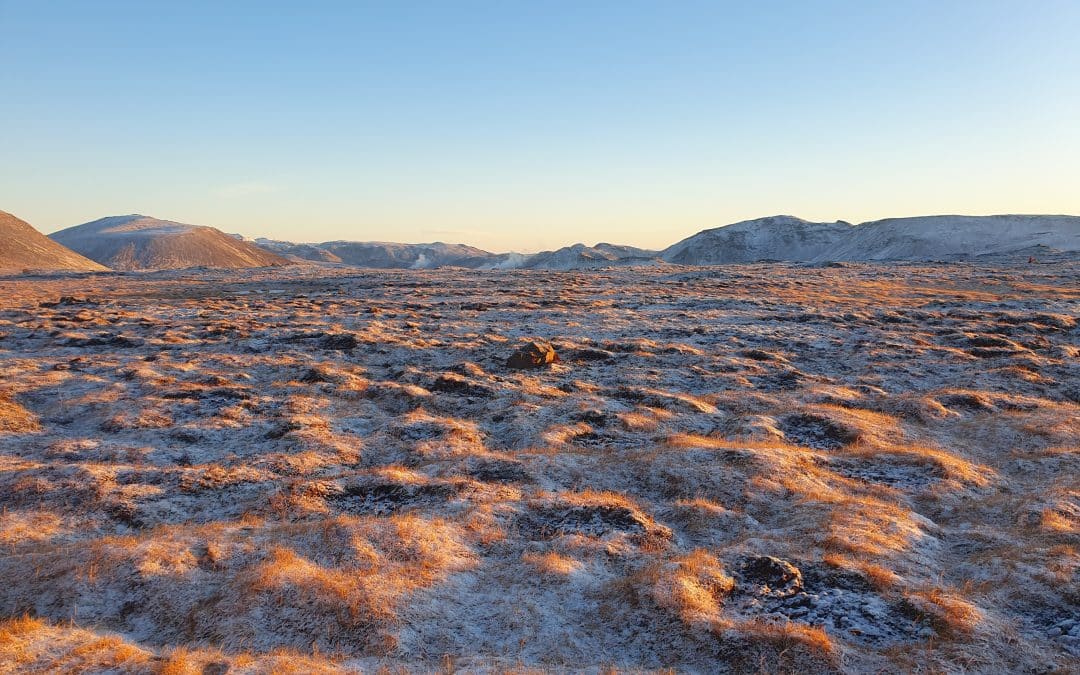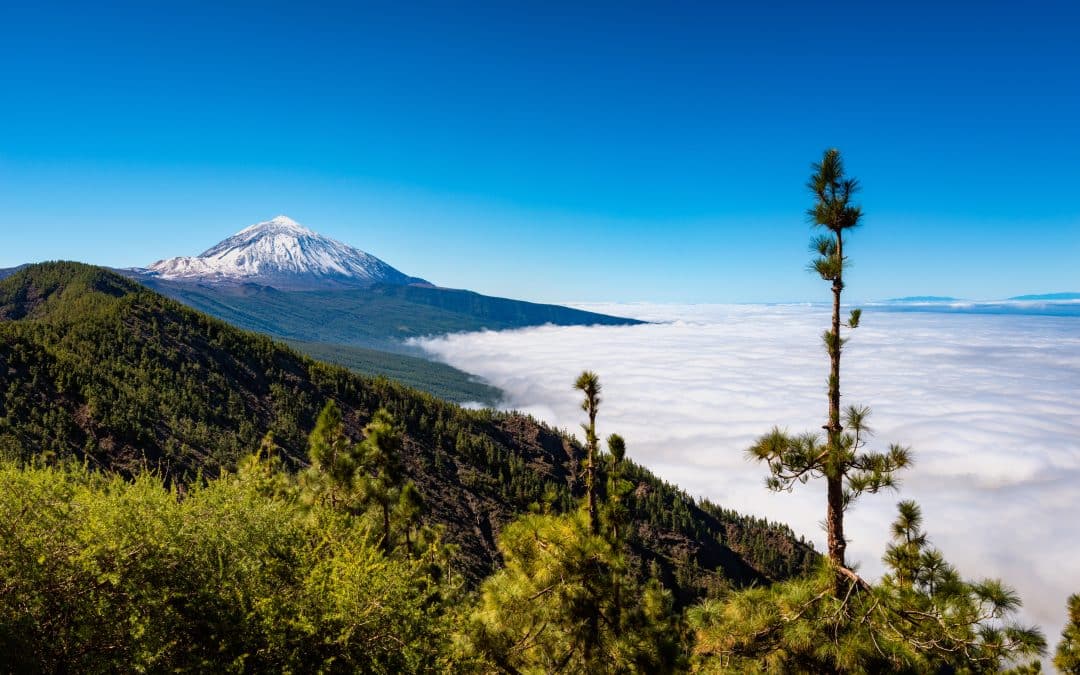Reykjavík Geothermal’s team of geoscientists carried out MT (magnetotelluric) measurements of the Bolaalda area in Ölfus, Iceland, in late 2020. Tentative findings indicate a high temperature reservoir in Bolaalda that is located deeper than in the adjacent areas of Hengill and Hellisheiði.
Preliminary interpretation of the MT data suggests the resistivity (resistance) type expected from high enthalpy/temperature areas, which is a “high-low-high” resistivity signature with depth. The low resistivity layer is expected to correspond to the clay conversion belt with temperatures of up to 240°C, and higher temperatures below. The observed bottom of the clay layer is generally at a depth of about 1500 m. The high-temperature signature fades out to the north of the survey area but deepens to the southwest. Another low-resistivity layer exists at a depth of about 6 km, suggesting possible further heat sources.
A cooled geothermal system retains the same resistivity structure as a high-temperature system in where the conversion is balanced by the temperature (different conversions of rocks formed at different temperatures) and the same resistivity type. Therefore, it is possible that the resistivity type shown could be attributed to a cold, or “fossil”, geothermal system.
There can be errors in MT measurements due to what is known as “telluric distortion”, which can be corrected for with TEM (transient electromagnetic) measurements located in the same spot as the MT measurements. Therefore, final interpretation will wait until TEM measurements have been carried out and both the MT and TEM results analyzed together.
We look forward to see the full results of the resistivity studies!




